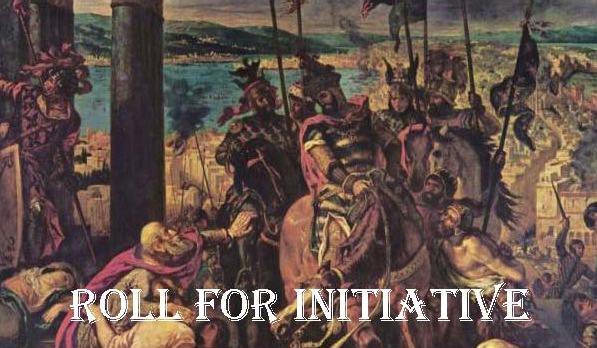Not exactly the epitome of cosmic horror Lovecraft intended.
Lately though, things seem to be turning around, although perhaps not for Cthulhu himself (besides, with Trump in the race, Cthulhu may actually be the lesser of two evils). The new star of the show seems to be Hastur; The Unspeakable One, Him Who Is Not To Be Named, The King in Yellow. I've always been a fan of Hastur, brooding in his cyclopean citadel of Carcosa on the shore of the Lake of Hali on a distant world in the Hyades star cluster, infiltrating the dreams of artists and poets with his dark visions.
The first mention of Hastur dates back to a short story by Ambrose Bierce called "Haïta the Shepherd" from 1893, although he was a benign god of shepherds back then. Hastur became much more menacing in Robert W. Chambers' 1895 anthology "The King in Yellow", a series of short stories in which a play of the same name appears in each story. The play is a source of great scandal, having the power to drive men mad. In this work, Hastur still wasn't fully developed and, in fact, the name seemed to refer more to a place than a creature. The next step in Hastur's evolution involved Lovecraft, who mentioned Hastur in his 1931 story "The Whisperer in Darkness". Although it was only a passing reference, it established Hastur as part of the Cthulhu Mythos. Finally, it was several stories by August Derleth, a contemporary of Lovecraft, which developed Hastur as he is thought of today, a Great Old One, spawn of Yog-Sothoth, half-brother of Cthulhu, the King in Yellow.
- In Carcosa.
- Lost Carcosa.
- Dim Carcosa.
- Lost Carcosa.
Which brings me back to Pathfinder. In the Golarion campaign setting, the Cthulhu Mythos is called the Dark Tapestry which exists in the Void beyond the stars. In the Iron Gods AP, we learn more about the Dominion of the Black, an organization of emissaries who represent or serve the Dark Tapestry in some fashion. It was a confrontation with the Dominion that caused the alien ship to crash in Numeria. Next year, Paizo will be releasing a new space fantasy game called Starfinder and early indications are that the Dominion of the Black will be a major antagonist. I am eagerly awaiting this game to see what role the Cthulhu Mythos will play. Given Hastur's somewhat more cosmic fantasy horror style and new popularity, I hope and expect the Yellow King will figure prominently.
Hastur! Hastur! Hastur!
-Rognar-




No comments:
Post a Comment